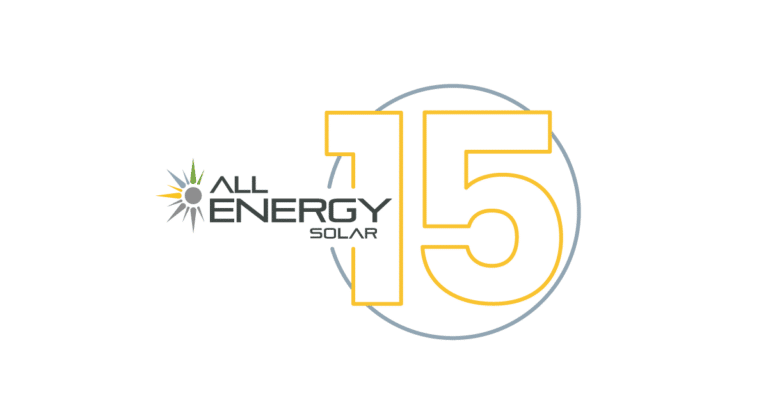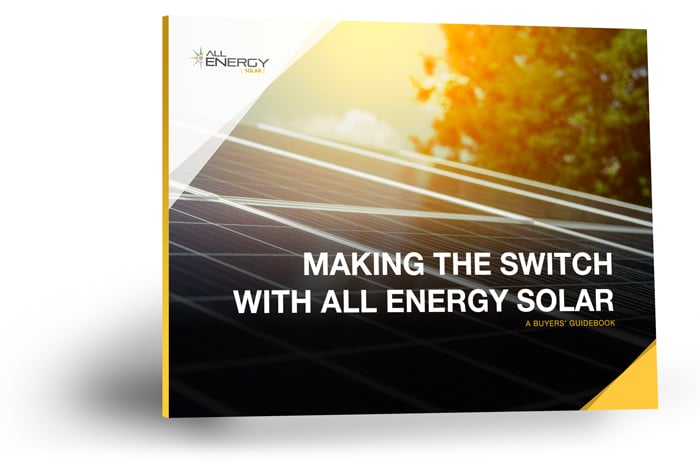You’ve seen solar panels on top of houses, and you know they’re there to produce energy. Beyond that, solar power may seem pretty complicated. The truth is, it’s fairly simple.

A “solar photovoltaic system” is made up of five primary parts:
- Solar panels
Solar panels contain photovoltaic cells and semiconductors, which absorb sunlight and release electrons that become direct current (DC) electricity. - Panel mounts
Extruded aluminum rails are used as mounts in most rooftop solar systems. Normally there is one mount for every 100 watts of panels. - Charge controller
This device controls how much energy is generated by the panels and prevents the system from becoming overloaded. - Inverter
Because solar cells create DC electricity and most homes run on alternating current (AC) electricity, an inverter is needed to change DC energy into AC power. - Utility meter
Most areas require solar-powered homes to remain connected to the local power grid. Your utility company uses the utility meter to monitor, measure, and regulate the electricity produced by your panels.
How solar panels make electricity
With the five components listed above, amazing things can happen. It starts when the panels absorb photons (light particles) from the sun, which separate electrons from their atom hosts and create DC energy. The inverter then turns DC into AC electricity that your home immediately
can use.
Finally, your electric meter measures how much energy is being produced and in most U.S. states channels any surplus your home doesn’t need onto the power grid. When this happens, your utility company may credit you for the excess. Then, when you need more energy than your system produces, you can use your credits to buy energy back from your utility provider.
Today about 11 million U.S. homes are powered by solar PV panels, and more homeowners are going solar every day. Talk to your local solar installer and learn the numerous benefits to distancing yourself from the grid and creating your own energy with powerful solar panels.
Download our eBook, Solar for People in a Hurry, to learn more about how you can save with your very own solar panel system!


